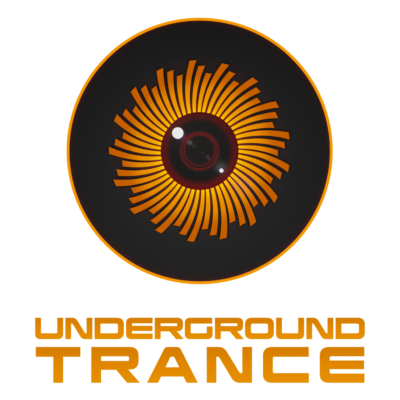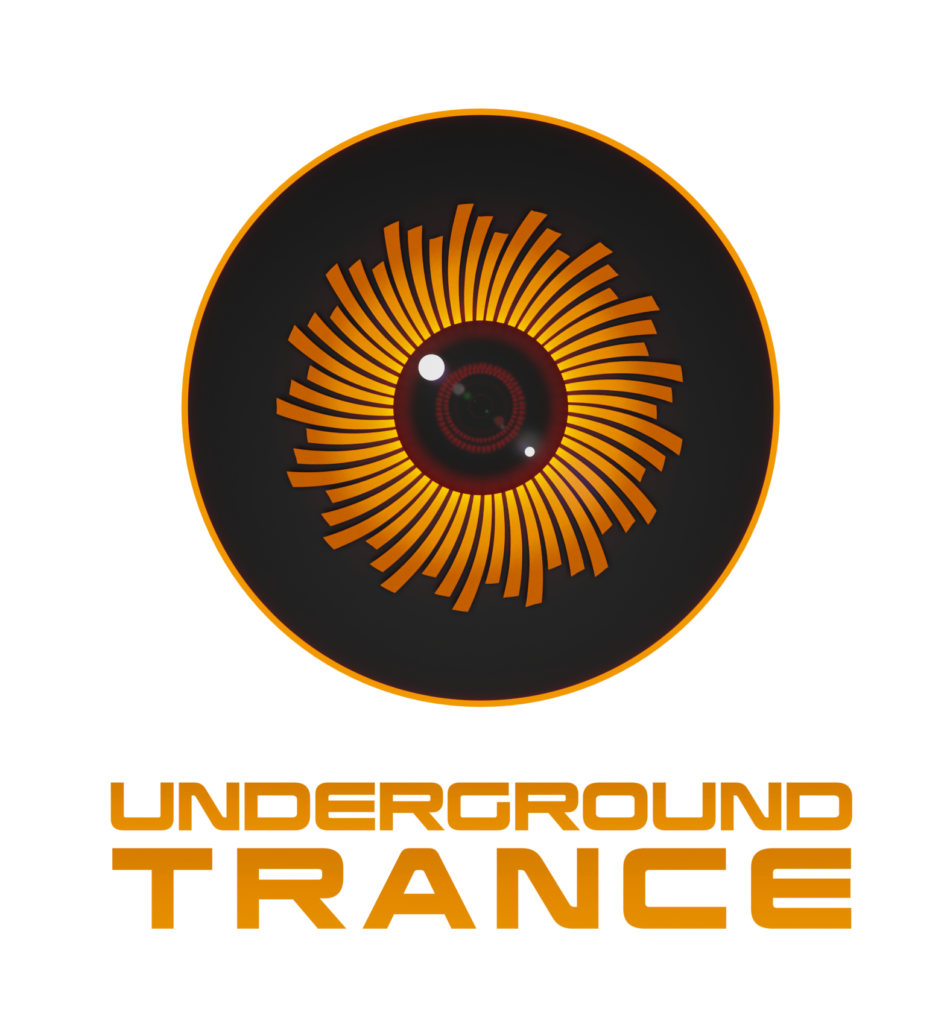Table of Contents:
- Part 1: 1989 -1994
- Part 2: 1990 – 1998
- Part 3: 1996 – 2004
- Uplifting and Vocal
- Hard Uplifting
- Tech Trance -> Techlifting
- Part 4: 2004 – 2020
- The EDM Era
- Pushback
- Part 5 (coming soon): 2020 –
- The Underground Era
- Manifesto for the Future
Goa Trance
“Beyond thought, beyond mind, beyond reality.”
-Goa Gil
In 1969, a young California hippie named Gilbert Levey decided to leave the Haight-Ashbury neighborhood in San Francisco. The hippie movement had left Levey disillusioned after several high-profile incidents such as the murder of Meredith Hunter at Altamont. First, he traveled to Amsterdam, and then to Afghanistan. While in Afghanistan he met a man who was traveling back to a place called Goa, India. The man told Levey about an Armenian hippie named Yerward Mazamanian (widely known as Eight Finger Eddy) who was popularizing Goa as a hippie destination.
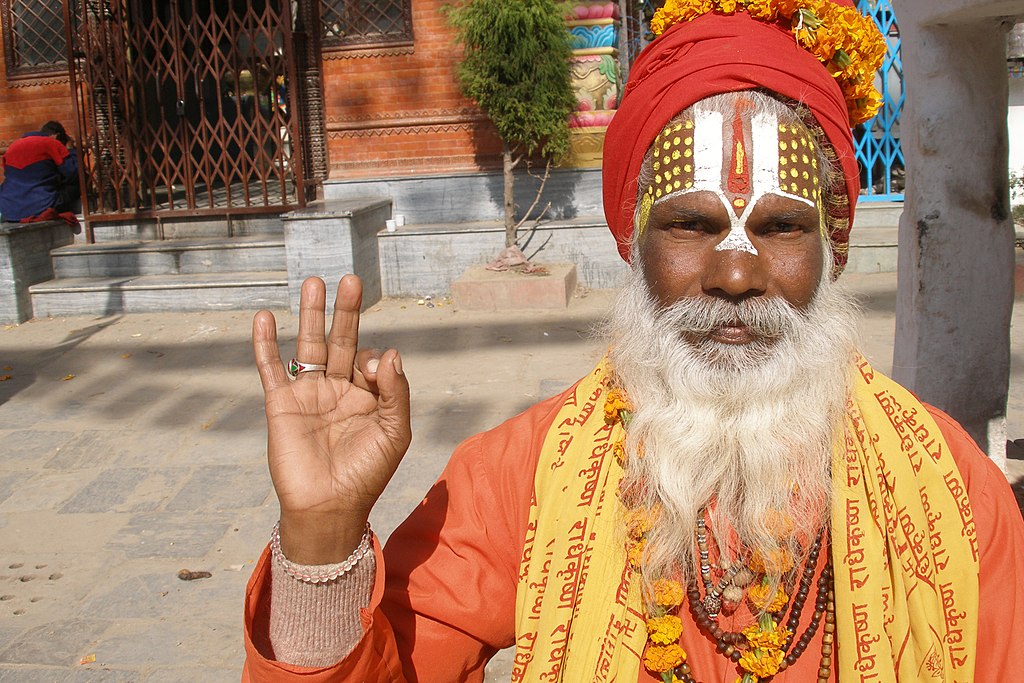
Hearing tales of Goa’s emerging reputation as a hippie destination for LSD-fueled music and dance parties, Levey decided to go along with him to India and see the scene for himself. Shortly after arriving, Levey set out to explore India. In his travels, he discovered the sadhus. Sadhus are wandering ascetics or holy people who have left behind material attachments to achieve liberation through meditation and prayer. Levey became a disciple in the order of the Juna Akhara under the guru Mahant Nirmalanand Saraswati.
Eventually, Levey returned to Goa where he became involved with the music scene. From flea markets in Goa, he and his friends began gathering equipment to DJ. They set up a small Soundsystem at the beach and started the parties at sunset. Throughout the 70s, he organized legendary Anjuna beach parties that would last throughout the night. Alternating between local bands and DJs who would use cassettes to mix music (cassettes because vinyl would melt and warp in the Indian heat). Through the parties, Levey became known as Goa Gil.
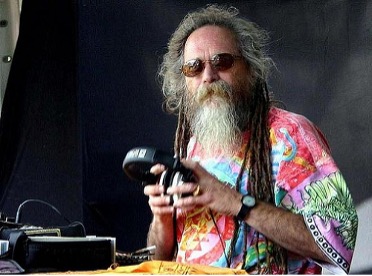
Goa Gil mostly played psychedelic rock in the 1970s, but increasingly embraced electronic “computer music” in the 1980s. Gil and others became fascinated with early electronic producers such as Kraftwerk and Jean Michel-Jarre. Then in the late 1980s and early 1990s, a new form of electronic music began arriving from Europe that seemed tailor-made for what the Goa DJs were trying to achieve. Trance music from labels such as Eye Q and Harthouse gave the Goa DJs the sounds they needed to induce a trance-like state.
Figuring out which came first Goa or German trance is a bit like trying to figure out whether the chicken or egg came first. Goa DJs were using electronic music such as EBM, and especially acid house with its trippy acid synth lines to create a trance state. In turn, Sven Vath’s trips to Goa served as inspiration for the early trance from Frankfurt. Vath continued to travel to India throughout the early 1990s, seeking inspiration. Vath made field recordings while in India that inspired his album Accident In Paradise.
The legendary parties on the beaches of Goa inspired trance in Germany and trance in Germany was then used by Goa DJs. Over time trance in Goa began to take on a sound of its own. It was trance with an oriental aesthetic with Indian consonance. Adding a ritualistic atmosphere and tribal elements from Indian culture, early examples were still very similar to its parent genre but tailored more to the environment of Goa.
Psychedelic drugs played a role in Goa’s psychedelic approach to Trance. To make the music even more hypnotic, they sped it up a bit, adding spiritual and psychedelic voiceovers, often referencing Buddhist or Hinduist mysticism. They were “redefining the ancient tribal ritual for the 21st century.” On the beaches, they weren’t just creating parties, they were seeking spiritual experiences, using music and dance as forms of meditation. From the parties in Goa, a festival culture emerged around Goa Trance that still exists today.
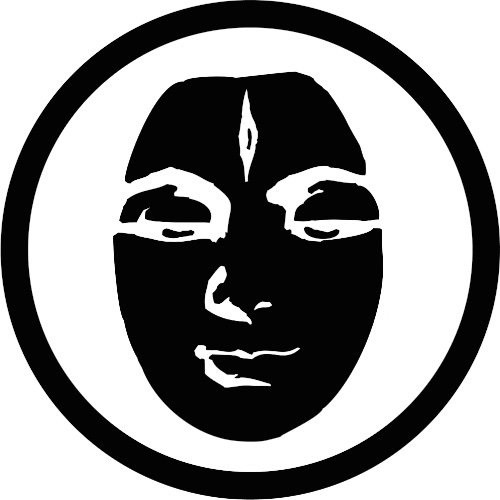
By 1992, releases such as The Infinity Project’s EP Tribadelic Meltdown were embracing a distinctly Goa form of Trance. Other early examples of the Goa Trance sound include Altered States (Unfused & Tuned) by Deltraxx and Spiritual Energy by Afrotrance. Labels devoted to Goa Trance had developed. These included Gaia Tonträger, established in 1991; Flying Rhino Records, formed in 1994; TIP Records, founded in 1994; and Twisted Records, which was created in 1996.
Goa Trance would spawn several of its own subgenres, including psytrance, the most common subgenre today; Progressive Psytrance; Full-On; and Dark, among others. You can learn more about psytrance from the incredible Psytrance Guide by Daniel Lesden. Like Trance and most other forms of electronic music, Psytrance has seen its share of commercialization with the additions of vocals and cheesy melodies to appeal to mainstream audiences.
Progressive Trance
By the early 1990s, Trance had also crossed the English Channel. The British nightlife scene had embraced Acid House, and the introduction of Trance to the scene led to one of the most exciting and interesting decades of British nightlife. The British approach to Trance wasn’t so different from the British approach to House: progressive chord structures, crescendos, longer breakdowns, and incorporated organic instruments.
One key distinction was that Progressive Trance avoided vocals, while Progressive House often featured them. Another distinction is that while Progressive House retained the characteristic funkiness of House music, Progressive Trance utilized progressive sound to hypnotic effect. DJs would frequently mix the two together, with few in the crowds knowing or caring the difference.
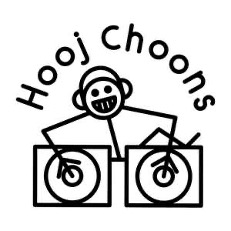
In 1990, Phil Howells and Jeremy Dickens (better known as Red Jerry) formed the label Hooj Choons. Hooj would go on to release some of the biggest Progressive Trance hits of the early 90s, including the Three N’ One remix of “Café Del Mar” by Energy 52. Hooj signed several other big names in Trance, including Lustral, Salt Tank, and Solarstone.
Also in 1990, Age of Love released their track, The Age of Love. Released on the Belgian label, DiKi Records, Age of Love was a hybrid EBM and Trance track. It wasn’t until 1992 when Jam & Spoon released their “Watch Out For Stella” remix that the song saw widespread commercial success. The remix was the biggest commercial success up to that point for Trance.
Age of Love’s Bruno Sanchiaoni would later produce Trance with Emmanuel Top and Bruno Quartier under the alias B.B.E. The trio would see success with several of their early releases, including their best known Trance track, Seven Days & One Week.
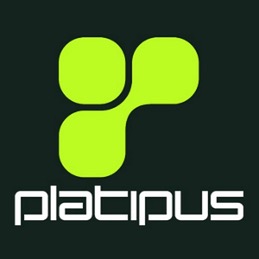
Simon Berry launched another early Progressive Trance label called Platipus Records in 1992. Early on, the label was primarily an outlet for his own music. It would become one of the most influential Progressive Trance labels of all time, with much of the credit for that going to Berry’s various Trance projects.
With songs such as Vicious Circles under his alias Poltergeist, Seadogs by Clanger, a project of Berry’s along with Paul Brogden, and Madagascar by Berry’s Art of Trance project, the label released some of the greatest Trance tracks of the 1990s. Berry’s Union Jack project and Art of Trance became two of his best-known Trance aliases. Also Clanger. In addition to his own productions, Platipus released popular tunes like Air by Albion (Ferry Corsten) and Children by Robert Miles.
Balearic Trance
Balearic Trance is a soft and relaxed version of Trance. It’s the kind of Trance that you might listen to while lounging on a beach, watching the sun disappear into the Mediterranean. Balearic Trance exhibits a heavy Spanish influence. Balearic Trance often relies on the use of organic instruments such as guitars, bongo drums, pianos, and string instruments.
Another defining characteristic is that Balearic songs often include natural sounds from the Balearic Islands. The call of seagulls (or ravens in the case of Nalin & Kane’s Beachball, released in 1996), waves crashing, an ocean breeze blowing, or palm fronds rustling, are some common sounds in Balearic Trance.
Jam & Spoon’s Stella is considered by many to be one of the earliest examples of Balearic Trance. Some other notable tracks that fall into the Balearic Trance category are Seven Cities by Solarstone (1999), the original version of Children by Robert Miles, Humate’s Love Stimulation and Chicane’s Offshore.
Hard Trance
Back in Germany, Trance was going harder. With a faster tempo, acid lines, gated pads, and a nearly-ubiquitous isolated piano melody, Hard Trance differed from the original Trance sound, but maintained the ethos of the original. It was hypnotic.
Another feature of this new Trance variant was the breakdown-build-anthem template that would later become ubiquitous in Uplifting. Unlike Uplifting breakdowns, Hard Trance breakdowns maintained momentum by retaining a beat. German anthems kept everything tightly locked to the beat.
The style would prove highly influential. UK Hardhouse, Hard Uplifting, Jumpstyle, NRG, and Hardstyle were all developed from German Hard Trance. Early examples of this style include Legend B, End of Season, Renegade Legion The Weeping Waste, and Phrenetic System‘s Dark Symphony to name a few.
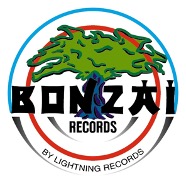
The label that became best known for Hard Trance wasn’t German, it was Belgian. Bonzai Records was formed in the back of a record shop in Belgium in 1992. A sublabel of Lightning Records, Bonzai released tracks such as Jones & Stephenson’s “The First Rebirth,” Cherrymoon Trax’s The House of House, and Blue Alphabet’s Cybertrance, among others.
Another label that pushed the Hard Trance sound was Prolekult. Prolekult was a sublabel of Hooj Choons, and released some of the biggest Hard Trance tracks of the era, including Amphetamine by Thomas Heckmann, Baby Doc & The Dentist‘s Tales of The Seraphim/Tales of The Nascarpi, Bad Man’s Lover Man, and Jones & Stephenson’s The First Rebirth.
Some other notable Hard Trance producers include Sunbeam, Odysee of Noises, Mauro Picotto, Man With No Name, Komakino, and Cosmic Gate. From this style of music, Hard Uplifting and eventually Hardstyle can trace their roots.
British Super Clubs & Celebrity DJs
The UK was still driving the Trance scene in the mid-1990s. Yet, even as Progressive Trance gained momentum in the growing club scene, there was still a robust underground scene. The underground was dominated by a darker, minimalist Progressive Trance sound that was much closer to original Trance than the more commercial side of the genre.
After The Castlemorton Common Festival things began to change. Castlemorton was a free music festival that occurred in 1992. There was a public outcry surrounding the festival and by 1994 Parliament passed the Criminal Justice Act. The Act of Parliament restricted and reduced existing rights clamped down on unlicensed rave parties, and increased penalties. The goal was to curb illegal raves and free parties, which were growing larger in the 1990s. This effectively killed off the underground scene.
With little underground competition, the club scene began to explode. Scott Bond was one of the people who benefited. Bond had been a DJ in Birmingham since the early 1990s. He quickly made a name for himself. Karl and Barney of the Cream all-nighters in Birmingham took notice and gave Bond a residency at their all-night parties.
In 1992, Bond met Simon Raine who was the manager of Bakers, a club in Birmingham. Raine struck a deal with Bond where Bond agreed to become the new resident DJ at Bakers. In exchange, Raine would promote the new all-night party called Absolutely Ridiculous. At the time, neither could have known that within 5 years they would be running one of the biggest super-clubs in the UK.

As the 90s wore on, DJs were becoming globally known celebrities. First came Sasha & Digweed. They released Renaissance – The Mix Collection in 1994, which helped to push the duo to new heights of popularity. An image of Sasha appeared on the cover of Mixmag in February 1994. Beneath the photo there was a caption, “SASHA son of god?” By the time the duo released Northern Exposure on Ministry of Sound’s label, they had reached superstar status.
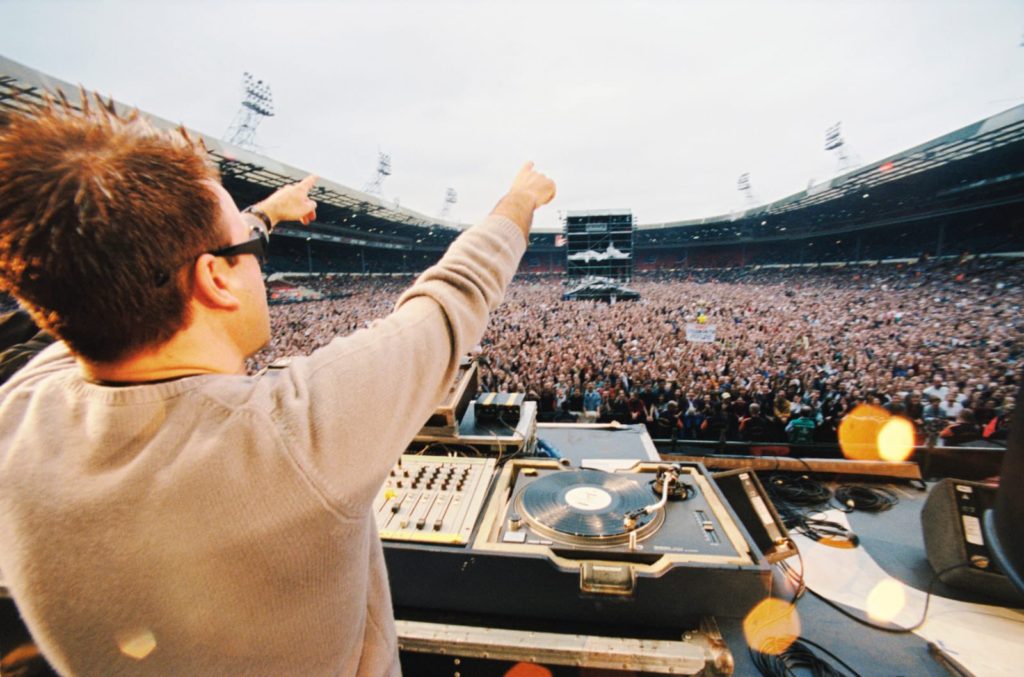
Next came Paul Oakenfold. Oakenfold had traveled to Ibiza in 1987 where he was influenced by Balearic Beat. He released four Balearic Beat singles under the alias Electra. Within a few years, Oakenfold was running his own record label–Perfecto Records. In 1994, he released two sets for Radio 1’s Essential Mix. Claiming that he had been influenced by trips to Goa, the second of these hour-long mixes was a Goa Mix that was broadcast on December 18, 1994.
Scott Bond and Simon Raine began to promote some one-off club parties called Gatecrasher in an environment of celebrity DJs. The first party happened at a club called Archers in Sheffield. Raine had selected Sheffield for its cosmopolitan nightlife. With a diminishing underground scene, these club nights became a huge success.
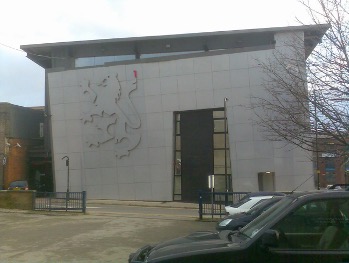
In 1996, they started using a nightclub called The Republic for Gatecrasher events. The Republic became the permanent home of the event by 1997. With Judge Jules as the resident DJ, the crowds at the events steadily grew. At its peak, the events became so popular that thousands of people were being turned away in a single night.
DJs like Paul Oakenfold were requesting to play Gatecrashers. By this time, Oakenfold was a global brand. His success was thanks in part to his compilation mix, Tranceport, which was released in 1998. As luck would have it, the release coincided with the rise of Napster.
The compilation was filled with Trance hits such as Greece 2000 by Three Drives On A Vinyl, Energy 52’s Cafe Del Mar (Three ‘N One Mix), 1998 by Binary Finary, and Gamemaster by Lost Tribe (Matt Darey). As people downloaded the pirated music, the files didn’t always include the metadata. This led many who downloaded the compilation to mistakenly credit Oakenfold with creating the music.
People flocked to Oakenfold concerts, wanting to see the artist responsible for all these songs. Thanks to impeccable timing, Oakenfold became the first stadium-filling superstar DJ. He would not be the last.
Continue to Part 3:
